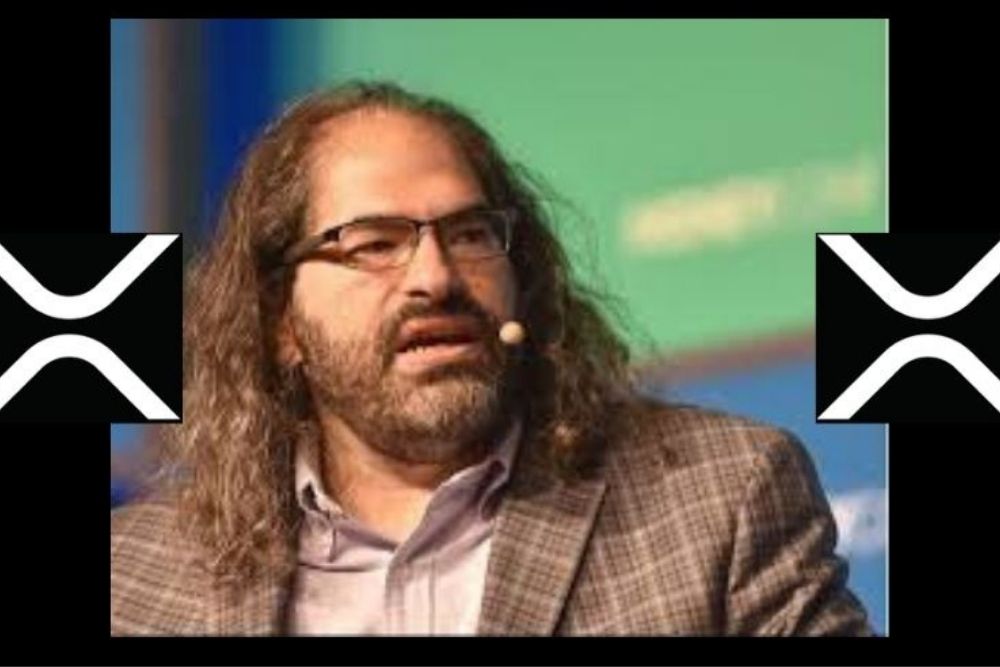The question of what happens to XRP when it becomes widely adopted, resulting in increased transaction volumes and subsequent token destruction, is critical to understanding its future.

As XRP gains wider adoption, concerns arise about its potential scarcity due to increasing transaction volumes and the subsequent burning of tokens.
With each XRP transaction, a small fee is burned, raising questions about the token’s long-term usability, especially if it becomes too valuable to facilitate transactions effectively.
Recently, Edoardo Farina, the CEO of Alpha Lions Academy, shared comments from David Schwartz, the Chief Technology Officer of Ripple, regarding these concerns.
Schwartz discussed possible outcomes and solutions if XRP scarcity reaches a point where even its smallest unit, a drop (one-millionth of an XRP), becomes too valuable to carry out transactions.
The XRP community, unlike SHIB, does not burn tokens to increase its price, but the diminishing supply from fees could impact it over time as the price increases. According to Farina, Schwartz outlines three main solutions to this potential issue.
The first possibility is that the XRP community could agree to increase XRP’s divisibility. This change would be implemented through a software update, allowing for smaller subdivisions of XRP, making it more flexible and usable even if its overall supply decreases substantially. This solution could be a simple way to maintain XRP’s functionality as a medium of exchange.
The second potential solution involves altering the way transaction fees are structured. Currently, fees are calculated in drops per transaction. If XRP were to become too scarce, the community could agree to switch the metric to transactions per drop.
This would mean that instead of each transaction costing a set amount of drops, a single drop could cover multiple transactions. This approach offers a way to lessen the impact of scarcity by spreading the cost of transactions over fewer units of XRP.
We are on twitter, follow us to connect with us :- @TimesTabloid1
— TimesTabloid (@TimesTabloid1) July 15, 2023
The final solution is more complex, as it requires the introduction of a new asset called “transaction credits.” These credits would be introduced with a zero balance for all users and priced at one trillionth of an XRP.
If a transaction required more credits than a user possessed, the necessary amount of XRP drops could be converted into transaction credits at a pre-determined rate, for example, one million drops to one transaction credit.
This system would effectively decouple the transaction costs from the direct use of XRP, thus preserving XRP’s value while still facilitating transactions.
The issue of XRP scarcity due to high transaction volumes is not an insurmountable challenge. With predictions as high as $1,000 and more, the XRP community and the broader financial landscape might need to implement one of these solutions soon.
: This content is meant to inform and should not be considered financial advice. The views expressed in this article may include the author’s personal opinions and do not represent Times Tabloid’s opinion. Readers are urged to do in-depth research before making any investment decisions. Any action taken by the reader is strictly at their own risk. Times Tabloid is not responsible for any financial losses.
Follow us on Twitter, Facebook, Telegram, and Google News
The above is the detailed content of What Happens to XRP When It Becomes Widely Adopted?. For more information, please follow other related articles on the PHP Chinese website!




